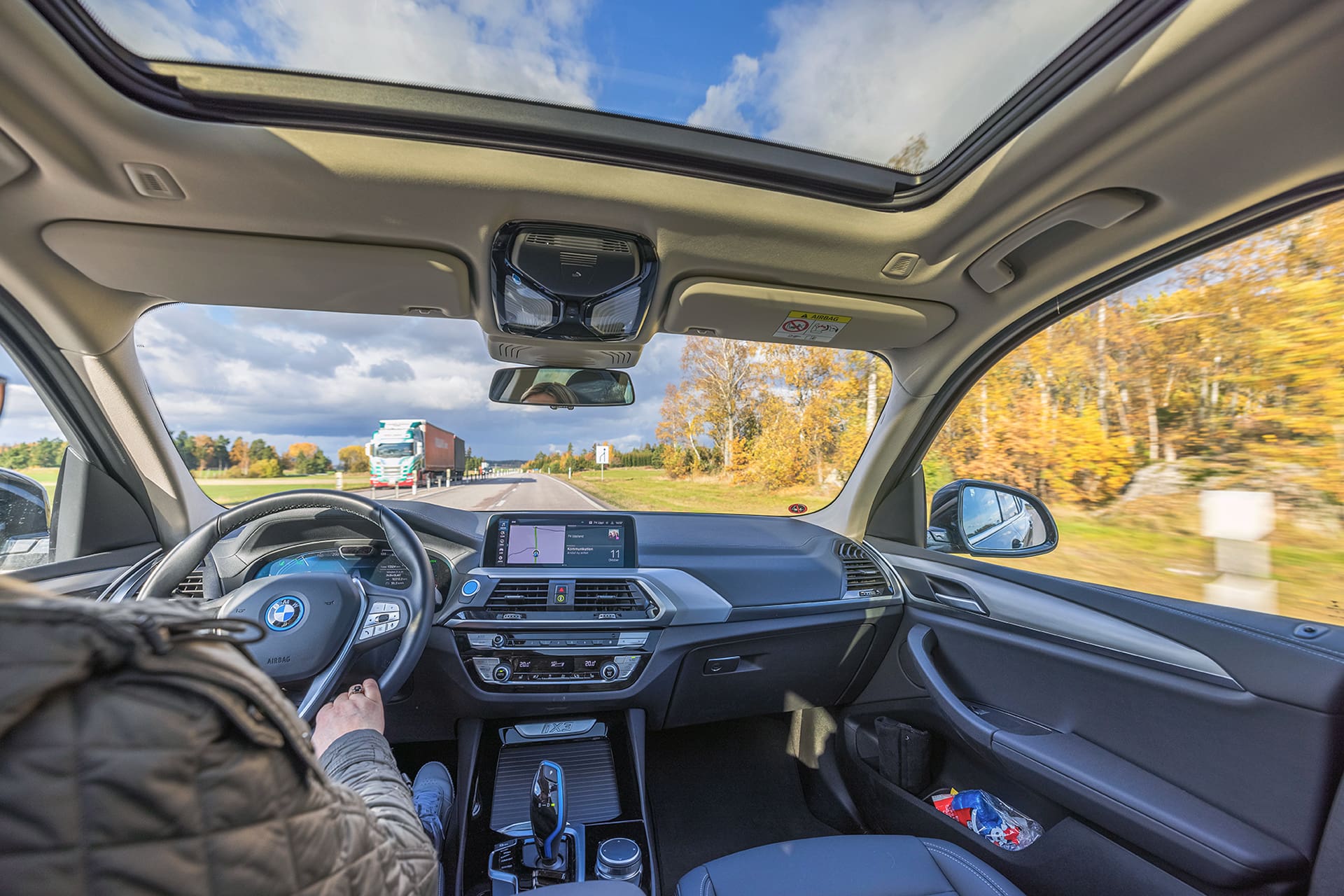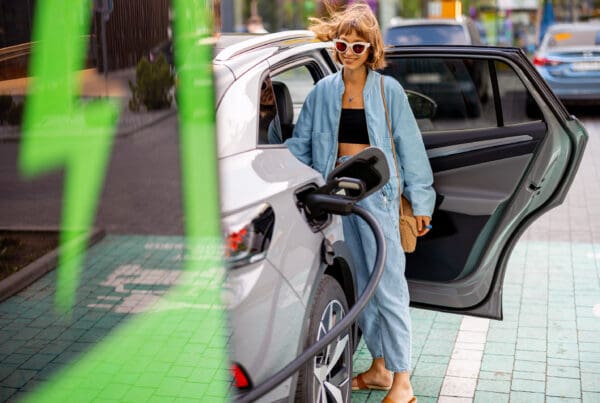It’s 2023, and the world now has 27 million electric cars on the road. Electric vehicle and battery forecast and analysis company, Rho Motion, predicts that 14 million more will be sold by the end of the year. With over 40 million EVs functioning globally, countries and local communities are ramping up their efforts to provide adequate charging stations to accommodate the growing need. Currently, the biggest need exists in rural areas where charging stations can be harder to find or are simply not available.
As initiatives such as the Biden-Harris NEVI program continue to expand the growing network of electric vehicle supply equipment (EVSE), the prevalence of electric vehicles will undoubtedly rise in rural areas as it will in others. There are many ways vehicle electrification can benefit rural communities, from financially, to local health – here is an exploration of just a few.

What Could Be The Economic Benefits from Vehicle Electrification In Rural Areas?
More EV Charging Stations Could Mean More Revenue For Local Businesses
There are a variety of ways that an increase in electric vehicles can benefit rural communities. While the time it takes for electric vehicles to fully recharge has improved in the last decade or so, refueling an EV is still not quite as fast or as convenient as simply stopping at a gas station. Even with direct current fast charging equipment (DCFC), it can take 20 minutes to over an hour to reach a 100% charge. Because it takes more time to refuel, EV drivers often tend to plan their charging stops where they are able to combine tasks and fulfill other obligations or needs while their vehicle is parked.
An EV driver may choose to get a quick boost while resupplying at a grocery store or shopping at the local mall. For a longer charge, EV drivers might choose a movie theater where they can enjoy a new film while fully charging their vehicle. Whatever the reason, more electric vehicle charging stations means more potential traffic and income to local retailers, restaurants, golf courses, or any other type of business with the physical space.
Vehicle Electrification Could Bring More Local Jobs To Rural Communities
Considering the potential uptick in traffic to local businesses offering on-site EVSE, there could be a correlating need to hire more workers to accommodate the new influx of customers. More jobs at local businesses means more employment opportunities, and thus more taxes that can potentially benefit the community through social services, parks, or activities. More EV drivers may create a need for convenient, local businesses to accommodate the needs of the vehicles themselves, as well as charging stations, retail, maintenance, and repairs.
Many automakers have invested heavily in expanding their lines of electric vehicles. This has created new jobs in rural cities and will continue to do so in the future. For example, Toyota plans to start making EVs in the US starting in 2025 at their Georgetown, Kentucky location. In 2026, they intend to implement batteries they plan on manufacturing at their new factory in Liberty, North Carolina in 2025.
Beyond all the local businesses and supply companies that could benefit from the construction alone, Toyota claims this new battery plant will create upwards of 2,100 jobs within the plant. Meanwhile, Ford has stated that their dedication to vehicle electrification will be creating at least 11,000 jobs in the United States. Ford has invested $11.5B in two mega campuses in Stanton, Tennessee and central Kentucky where they plan to “reimagine how vehicles and batteries are manufactured.”

Health Benefits Of Vehicle Electrification In Rural Areas
Most of us are familiar with some of the negative impacts that internal combustion engine vehicles can have on the environment. Greenhouse gas emissions, brake dust, and noise pollution can all create negative impacts on local and global environments as well as negatively affect the health of local people. The EPA reports that an average passenger vehicle emits about 4.6 metric tons of carbon dioxide per year. Carbon dioxide emissions can contribute to health problems and climate change.
The switch to electric vehicles could improve air quality so much that the American Lung Association reports that a nationwide transition to an electrified transportation system could flat out save lives. If the United States adopted an electric transportation system by 2050, ALA claims that roughly 6,300 lives would be saved every year with 93,000 less asthma attacks, and over 400,000 fewer lost work days. Battery electric vehicles (BEVs) operate with zero tailpipe emissions and while plug-in electric hybrid vehicles do emit some, it is far less than their fully gasoline powered counterparts.





